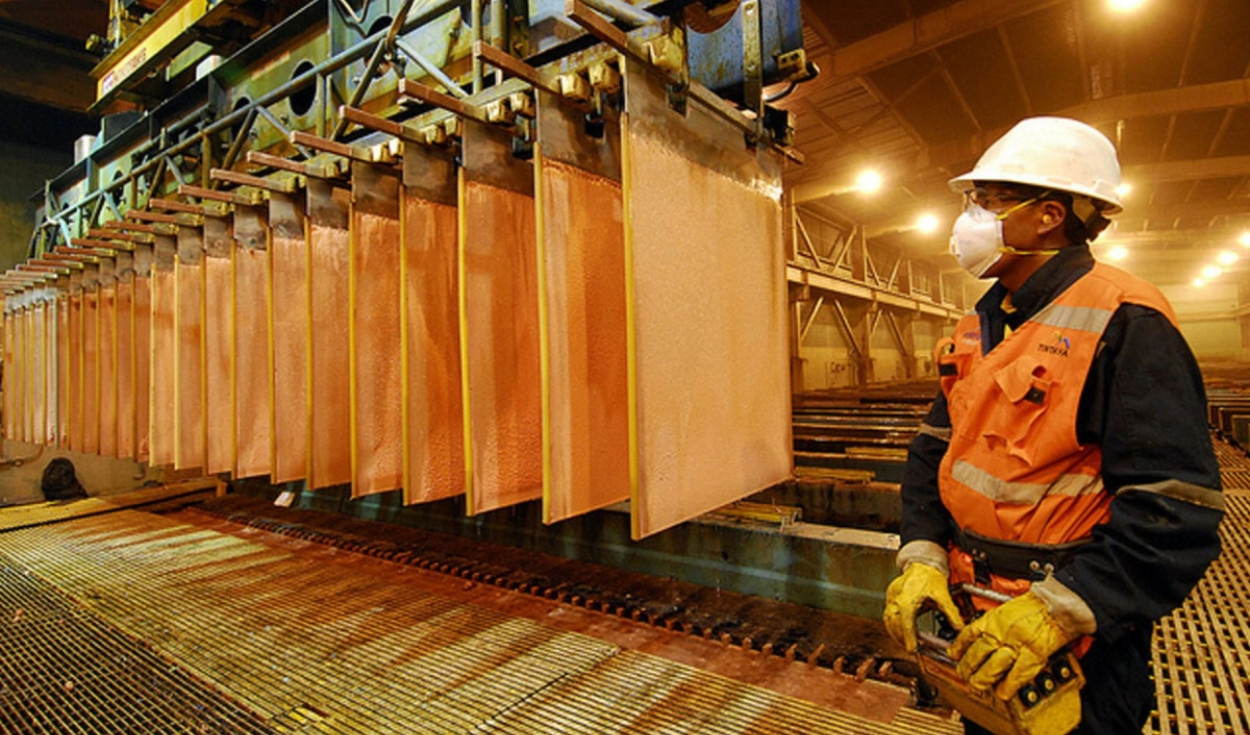
Copper, Peru’s main export metal and a fundamental piece of the transition towards clean and renewable energies in the world, has not anticipated greater progress in the communities adjacent to the mines of the Southern Mining Corridor, nor has it accelerated the work of electrification over the area of influence, according to CooperAction.
The report ‘Just transition: copper for the energy transition and the southern Andean corridor’, prepared by Josselin Yauri, Thomas Niederberger and Paul E. Maquet, reveals how 55% of rural homes in the Cusco province of Chumbivilcas, where the Constancia mine is developed and which serves as a passage for Las Bambas trucks, do not have electricity; a reality that worsens for Espinar, birthplace of the Antapaccay mine (Glencore), where the homes that have electric lighting through the public network only reach 33.5%.
It should be noted that the southern regions (Arequipa, Cusco and Apurímac) concentrate 40% of all copper production in our country. This year, the red metal has disrupted peaks above US$11,000 per ton because demand from China (buyer of 70% of Peruvian copper) has returned to historical levels, this being a nation where many of the components are manufactured. for the transition.
In dialogue with La República, researcher Paul E. Maquet warns that, although there are only three large mines in the corridor (Las Bambas, Antapaccay and Constancia), the route that leads—first by road, then by train—to the terminal of Mataraniin Arequipa, is still awaiting the arrival of another 16 projects.
Maquet maintains that, although each of these initiatives has its respective environmental impact study (EIA), There is no comprehensive study by the Government to know what the impact will be on this entire route once all the mines come into operation at the same time.
“The Peruvian State is one of the main people responsible for this paradox, since it erects the projects without territorial planning, economic conditions or strategic evaluations. There is no coherent view of how many projects a territory can support,” he said.
Not everything is unlocking
Currently, the Ministry of Energy and Mines (Minem) is leading an arduous race to unlock more than US$54 billion in projects (40% copper), for which it seeks to take advantage of the price boom of the global energy transition.
However, for former Vice Minister of Environmental Management Mariano Castro, achieving justice for the communities adjacent to the mines themselves also involves recovering governance over these metals for local development. In this sense, he criticizes the attempt to generate the false idea that environmental permits are dispensable.
“From the State, these responses must be given at multiple levels. The discussion about the fair energy transition does not only involve resolving inefficiency in procedures and procedures,” says Castro.
According to Bloomberg, global demand for copper will rise by 53% by 2040. The International Energy Agency (IEA) even expects it to double or triple in the coming years, from the current 26 million MT per year.
Keys
Metal. In 2022, Arequipa concentrated 19% of the total copper; Apurimac, 10.5%; Cusco, 9.9%; Moquegua, 9.8%; Tacna, 8.1%; and Puno, 0.1%.
Light. Paradoxically, China produces 80% of the solar cells that generate clean energy.
Source: Larepublica
Alia is a professional author and journalist, working at 247 news agency. She writes on various topics from economy news to general interest pieces, providing readers with relevant and informative content. With years of experience, she brings a unique perspective and in-depth analysis to her work.











